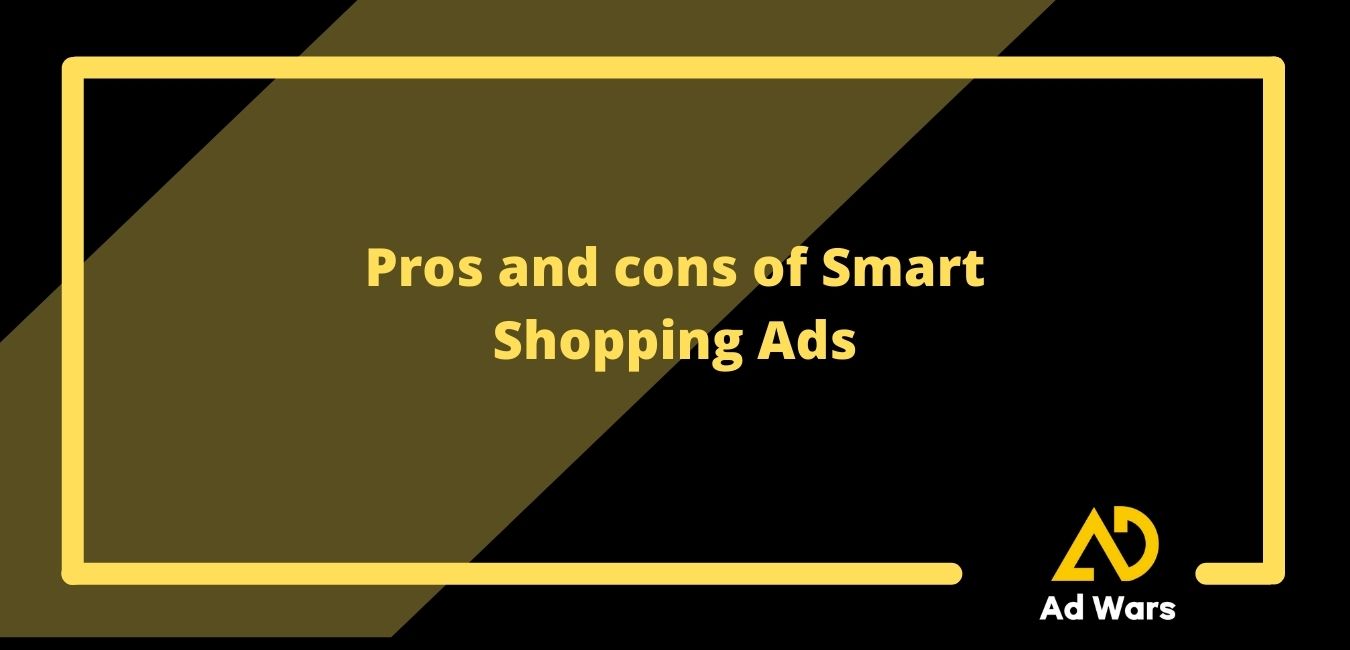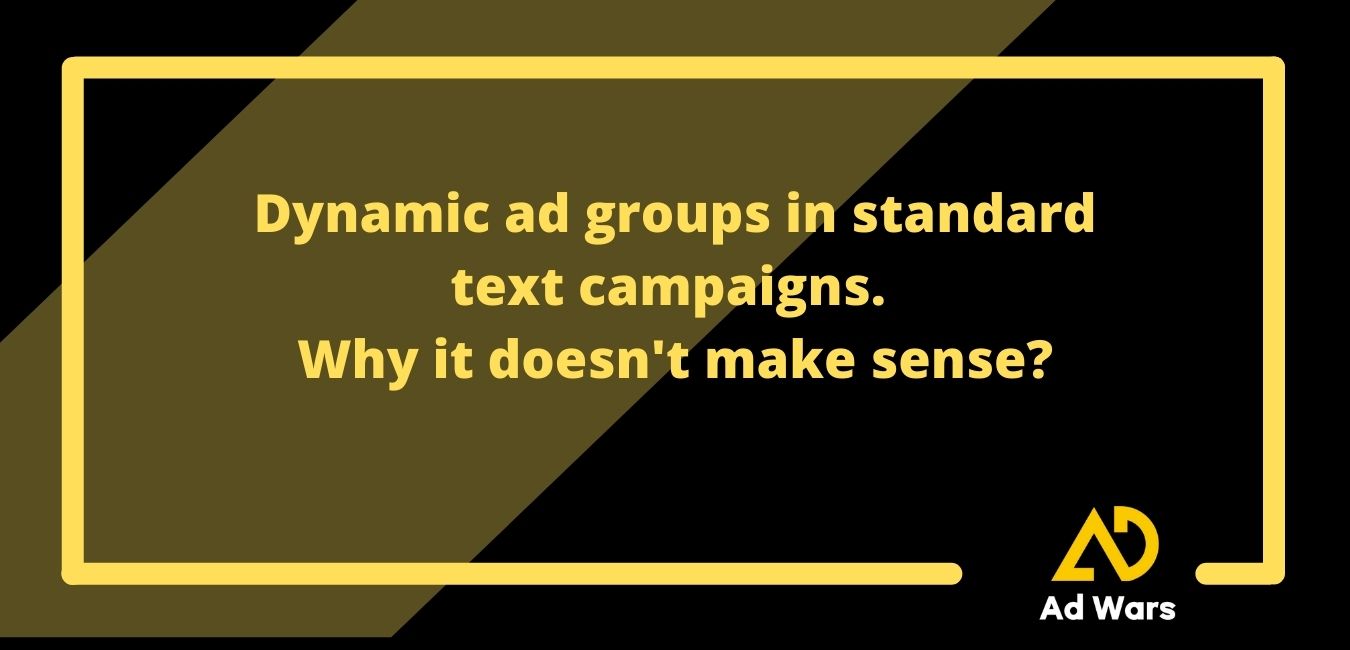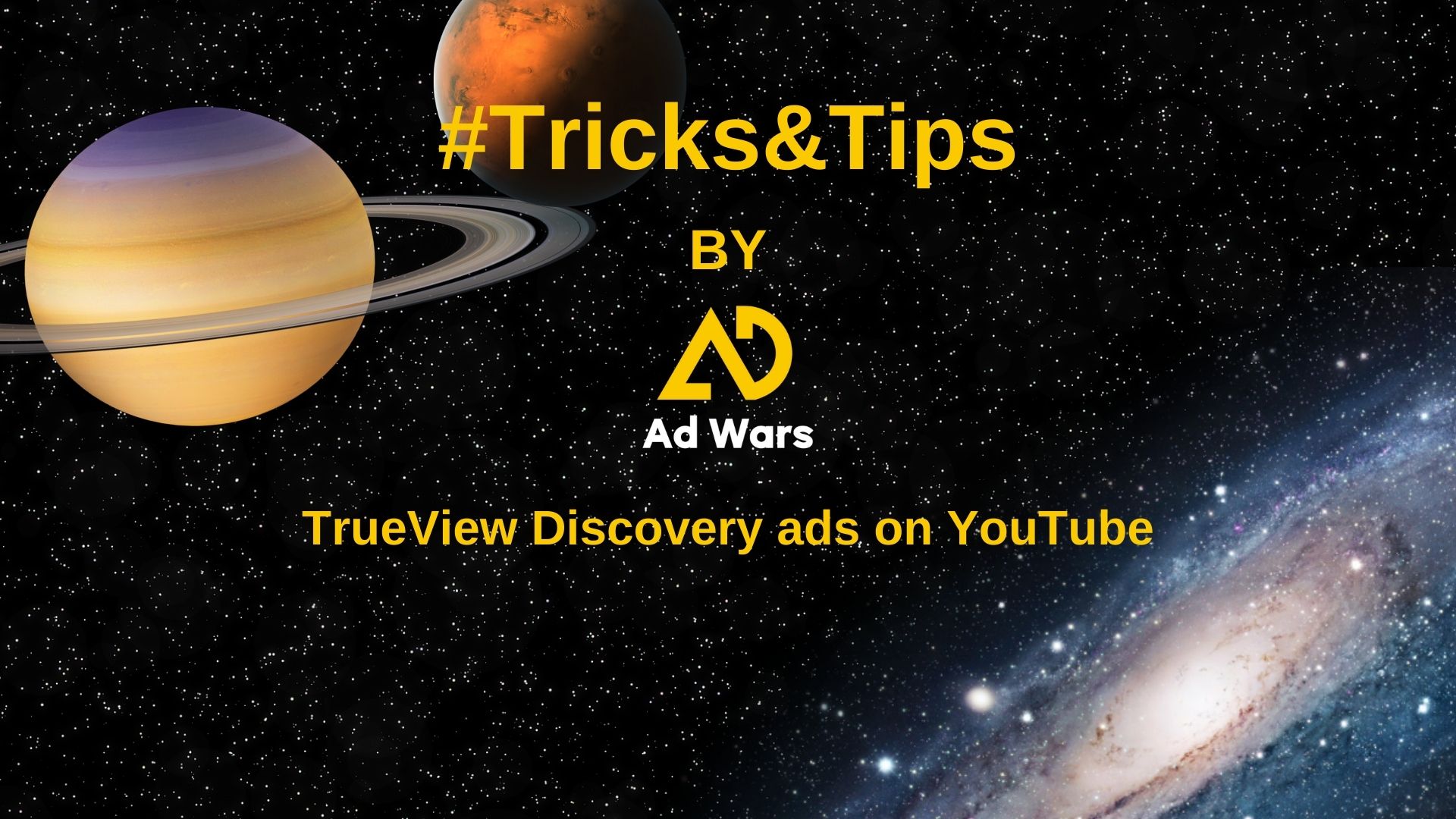Pros and cons of Smart Shopping Ads
06 December 2021
I’ve been seeing Smart Shopping ads recently in every Google Ads account for e-commerce. Due to audits, consultations, training and service, I have a lot of these accounts every month. By far, Smart Shopping ads are the trend and are replacing standard Shopping campaigns. However, is it sure it always makes sense to use them? What are their pros and cons? Let’s take a closer look at Smart Shopping Ads in a little more detail.
Advantages of Smart Shopping Ads
Let’s start this post positively and check their advantages. Smart Shopping campaigns have become so popular for a reason.
Easy management
You can quickly start promoting your online store, thanks to the easy configuration. As the name suggests, Smart ads are optimized thanks to the machine learning of the Google algorithm, which learns from the data provided to the campaign. It is a solution that facilitates campaigning and does not require too much knowledge about the operation of Google Ads. Beginners can easily manage such a campaign. The ease of running such a campaign is its definite plus. The only optimization we can perform is adding and excluding products or dividing the campaign into smaller campaigns.
Additional remarketing and display ads
An additional advantage for many people running Google Ads campaigns on their own is that there are pre-imposed image ads in Smart Shopping ads. Thanks to this, we have dynamic remarketing and flexible graphic ads. They are created during campaign creation and are easy to configure.
And that’s where the pluses end. Any more advanced user will want something more. We will now move on to the minuses because there are a lot of them, and many people are not aware of them.
Disadvantages of Smart Shopping ads
Ease of management has many disadvantages. As in any intelligent campaign, “ease” also means a lot of limitations. I heard the statement that Smart Shopping campaigns work or not – and they really are. This zero-one solution can be irritating. Especially if they don’t work and we don’t have optimization options.
Unable to check your search terms
The first big downside is the inability to browse the keywords that our campaign is displaying. Google’s “algorithm” matches keywords to our products, but if you run a standard product campaign, you know what it looks like. Often keywords appear in the search terms that do not match the products or are too general. And here arises the question of how quickly such words are excluded by machine learning and whether this happens at all.
Graphic campaigns without the possibility of optimization
I also mentioned image campaigns and remarketing within the campaign as a plus. However, this is a plus only for people less advanced in running Google Ads campaigns. In fact, this is a big minus because we have no control over these formats. First, we cannot prevent ads from appearing in mobile applications. Mobile applications are created so that users click on ads, and unfortunately, they are often not interested in our products. Another significant disadvantage is the inability to exclude pages on which our ads appear, one of the basic options for optimizing image ads. Additionally, we don’t know how many conversions these campaigns received. And I am convinced this is a tiny percentage compared to Shopping ads alone.
Confusing low cost-per-click (CPC)
Smart campaigns are cheaper. I often hear this sentence after audits in which I propose switching to standard product campaigns. Unfortunately, we fall into the trap of misinterpretation of the data here. Because the average cost of a click is lower, but only because the cost of clicking on image ads also matters. The inability to optimize image ads means that they are displayed in mobile applications and websites where there is practically no competition. This has a direct impact on their cost-per-clicks being low. There are a lot of such clicks, so when we combine them with clicks on Shopping ads and take an average, the cost of a click will be low. The only problem is that many of these “cheap” clicks are accidental and do not bring involved users to the site.
Is it worth using Smart Shopping ads?
Looking at the disadvantages listed above, you might think it is not worth using this type of campaign. It’s not like that. I use Smart Shopping campaigns for some of my clients. And best of all, they work great there. However, you need to be aware of the limitations and, in some cases, accept them. This type of campaign is beneficial when you run Google Ads accounts for stores with many products. However, it is worth remembering that large stores also have more data, and therefore machine learning works much better than in smaller stores. Intelligent product campaigns should be activated after collecting the appropriate number of transactions. The suggested amount is 30, but I strongly recommend waiting until 50.
Finally, I noticed a small tip during audits and keeping my clients’ accounts. Intelligent product campaigns are very poor at dealing with more expensive luxury products. It will not be that bad with little competition, but with high competition, the conversion rate may be negligible. This is because the system while trying to get as many conversions as possible, is also trying to get as many clicks as possible and thus lower CPC bids. In the case of luxury / expensive products, it is worth taking the best positions in the search results, so standard campaigns, where we can manually set the CPC, do much better here.
This post was not intended to show that Smart Shopping campaigns aren’t worth using. I wanted to draw your attention to the disadvantages of this solution because I noticed that many people running campaigns are not aware of them. Knowing the weaknesses of a given key, we can accept them consciously and possibly try other solutions when the campaign does not bring results.





No comments